The University District blog is a resource for Calgarians who want to live, work, play, visit or buy in the northwest. We will provide you with information, stories, news and a closer look at the things that matter so you can live a more inspired, active and connected life in NW Calgary at University District… Life works here.

How Communities Shape The Way We Age
On February 8, we were delighted to co-host The Importance of Home, Community and Care as We Age at the Kerby Centre 55+, here in Calgary.
The lively and interactive talk drew a large crowd to explore the concepts, challenges and fresh approaches needed for us to age well. The topic was tackled by experts from all angles, including:
- how to support the safety, comfort, dignity and a quality of life for older adults in communities
- rethinking homes, communities and healthcare for all as we age, and
- solutions for keeping active and independent in our own spaces as we age.
The topic of aging-in-place is one that U/D champions. We are building a walkable neighbourhood, a well-connected environment, and adding community partners, like The Brenda Strafford Foundation, who will play a major role in our community with U/D’s recently announced seniors’ residence, Cambridge Manor.
Panelists from West Campus Development Trust, University of Calgary, Alberta Health Services, The Brenda Strafford Foundation and the Kerby Centre gathered to discuss questions from attendees and virtual viewers that centred on the importance that our environments have on our quality of life as we age.
Whether you’re a student, a young professional, or an empty nester, it’s important to remember that accessibility is universal. A community designed for seniors is a community designed for everyone and alongside seniors, we all benefit from a community filled with diverse perspectives and abilities.
The talk explored the needs people face as they are getting older — like the physical design of our homes, the need for senior-oriented flexibility in them, and the quality of healthcare at home for aging populations.
How can West Campus Development Trust build a better community for people of all ages? Watch the full event on video here.
Here are some of the lessons learned:
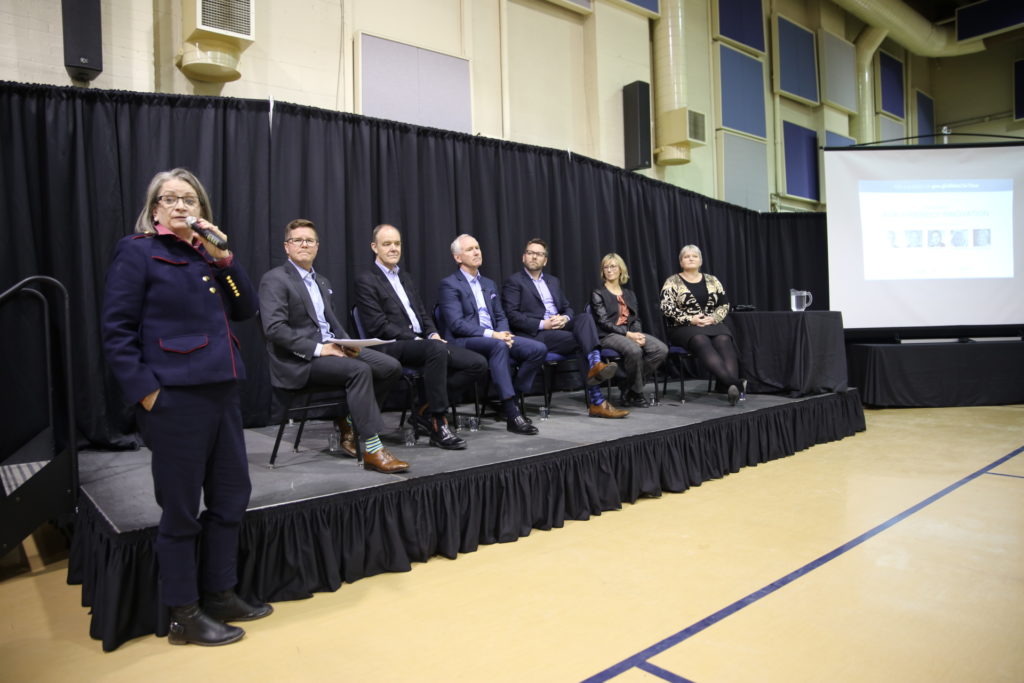
-
Nursing homes are not for everyone. Staying at home and in our communities helps us age well.
Where you are today is where your network is —a place where you have a sense of belonging. To stay within our current environments is a major factor in how we adapt to new phases of life more easily without the stresses of feeling uprooted and isolated.
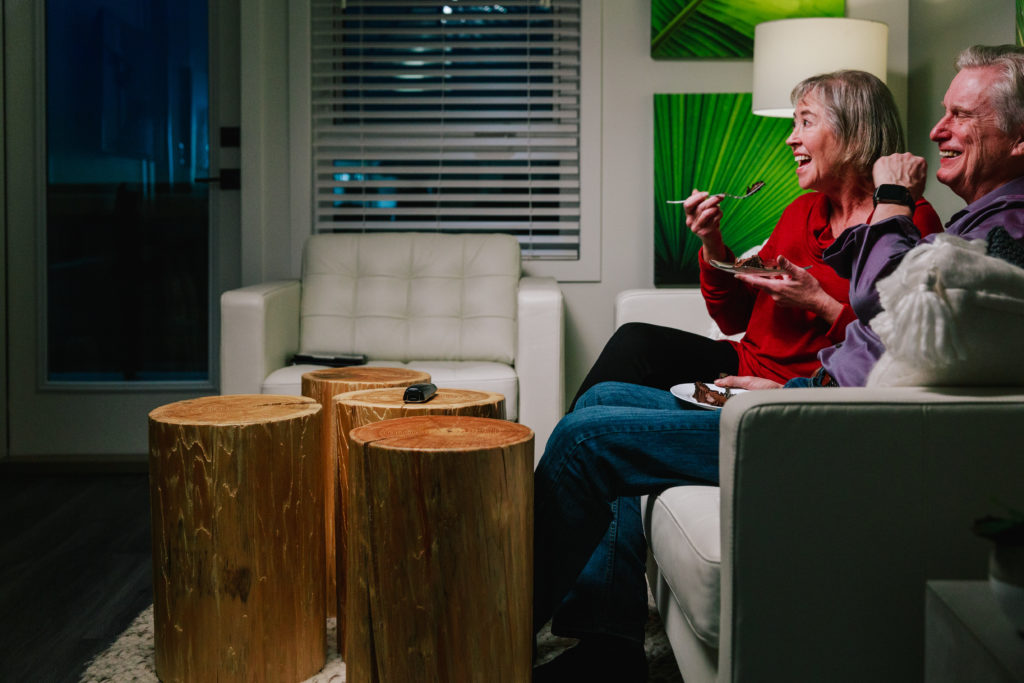
-
Thoughtful home designs matter.
The design of our homes present major accessibility challenges as we age. Structurally, homes are often built too high off of the ground to make for easy entry and exit, many layouts put bedrooms and bathrooms upstairs, and hallways are generally too narrow to accommodate people and their walking aids comfortably.
Panelist John Brown, Professor and Interim Dean of the Faculty of Environmental Design at the University of Calgary, adds that, “the senior segment of our population is growing larger than it has ever been here in Calgary, and the houses we have available now aren’t well-suited. We have large housing stock that is ill-prepared to accommodate these people, which makes staying in these homes difficult and even dangerous.”
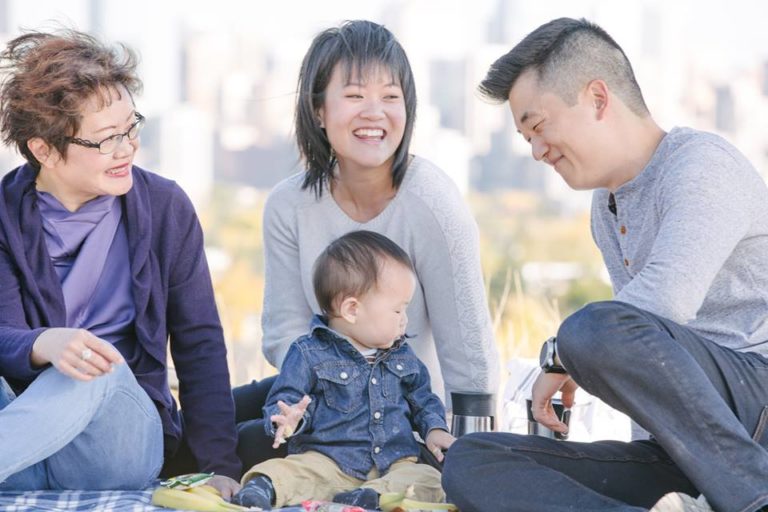
-
More can be done by our current health system.
It is evident that our health system is not well adapted to care for the unique needs of an aging population. In Canada, we place seniors in long-term care facilities because the healthcare system currently cannot provide the support needed to keep people in their homes, including mobile care and other services essential to maintain an adapted aging lifestyle. Placements in retirement homes are often premature, so from a societal perspective, more should be done to keep people in their homes and communities for as long as possible.
Medical support for the aging population is not the only service that seniors need. Beyond glasses and hearing aids, many seniors require further support like assisted-handrails in certain areas of the home or voice activated appliances to improve the quality of life. However, a fine balance is needed so these items are functional, and easy to use and maintain for seniors.
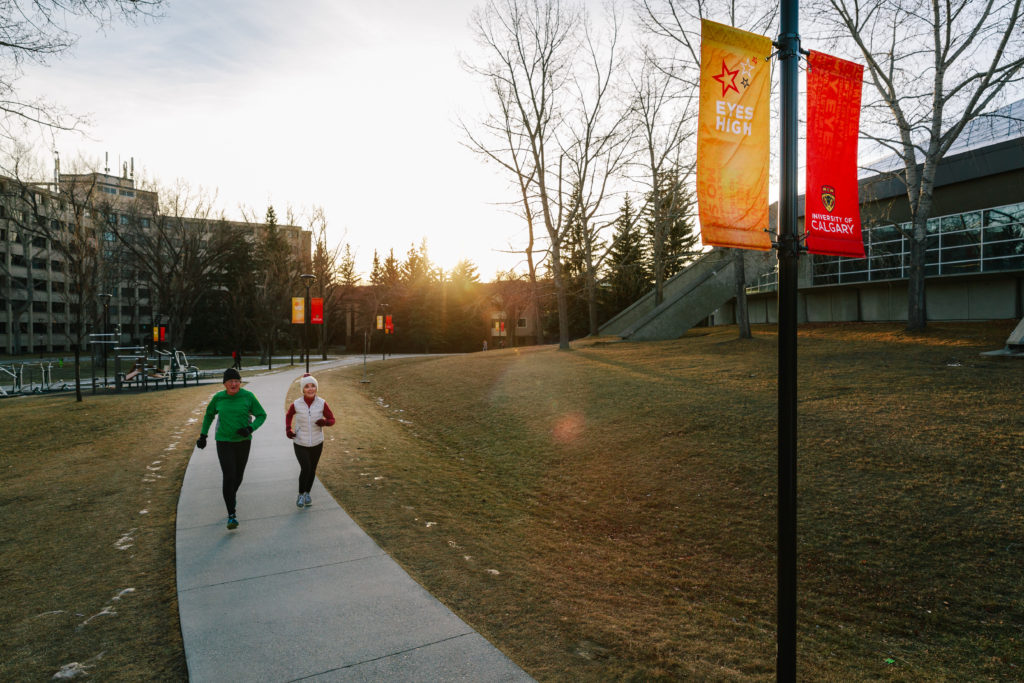
-
Everyone and every family is unique.
Panelist James Robertson, President & CEO of West Campus Development Trust understands the challenges that an aging population faces, and speaks to why U/D is a community of age-inclusivity.
“At one time or another, many people feel as though they must move from their home and community, and can cause isolation because they lose their support system, the familiarity of their neighbourhood, and their daily routine. Some are forced to live apart from their partners and loved ones because everyone ages at different rates and require specific needs that not all facilities can support, so people are forced to travel to make regular visits, and live apart. Our goal is to create a community for people to age-in-place so they no longer need to adapt to a new environment.
Currently a single solution exists to meet diverse individual needs for seniors. At U/D, the community is surrounded by single-family-home neighbourhoods without adaptable design. What we’re creating is a different type of flexible living. From U/D’s transit-oriented location to inclusive housing, the community is designed for accessibility that works for a variety of audiences. Seniors are not the only part of U/D, but they are a valued part of our community.”
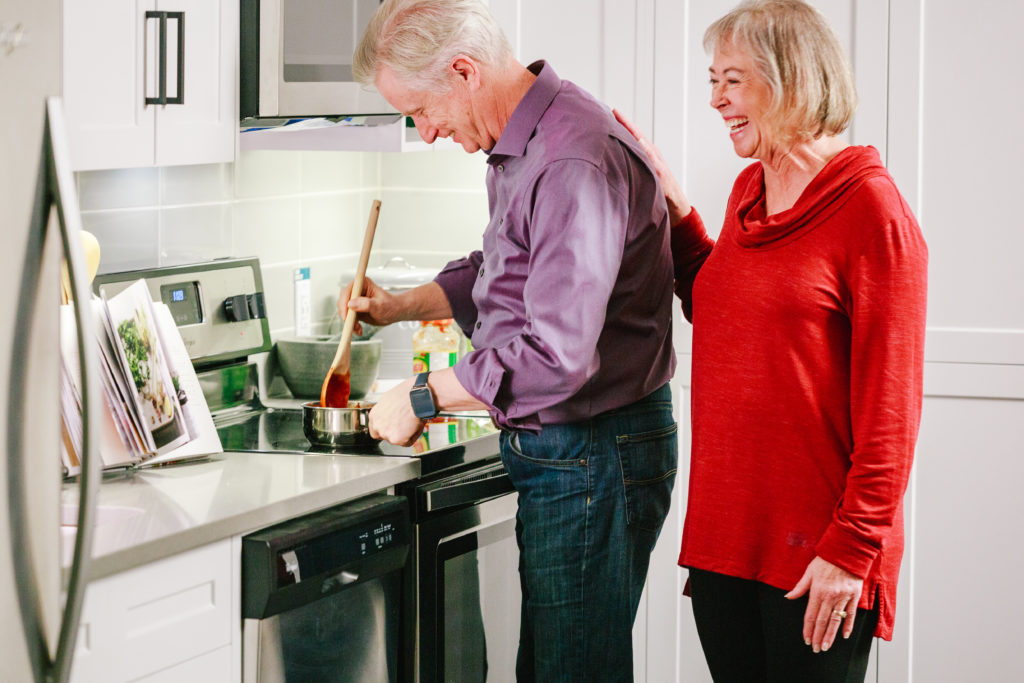
-
We like our independence. This doesn’t change as we age.
The creation of housing that is adaptive is important — our communities should see us through our changing lives, in all of our ages and needs. For independent housing, it is important to have a house that can adapt and is flexible, and we want those living in homes to remain in control to the fullest extent possible for as long as possible
Asking seniors to adapt to what is being offered is not an efficient solution to the challenges that come with aging. Instead, taking the needs and independence levels of seniors into consideration is bringing about solutions that allow for continued vibrancy and a sense of connectedness as we age.
People are living longer than they have at any other point in history, and we all face the same challenge — how to create communities that work for all of us. We need to provide better support to those who need it most, and bridge the gap between independence and support for seniors.
This event might be over, but the discussion of how U/D is building a community to age-in-place continues to take shape. To keep up with our latest events, announcements and activities, make sure to visit our Discovery Centre, sign up for our newsletter and follow us on our favourite social channels — Facebook, Twitter and Instagram!

Join the Discussion